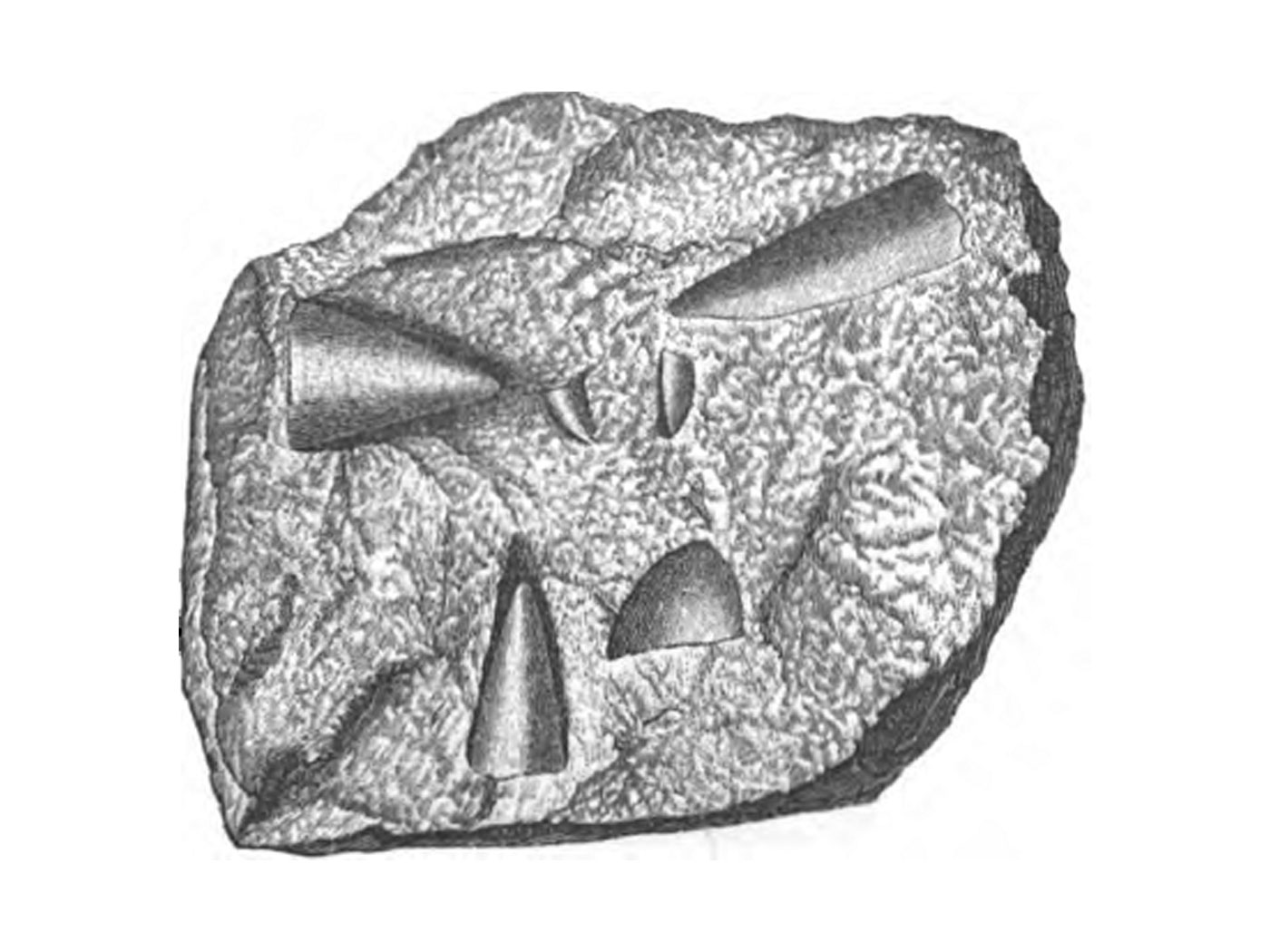Phosphorus, number 15 on the periodic table of elements, is considered a basic component of all cell membranes. But the recent discovery of single-celled photosynthetic organisms surviving without the chemical element in their membranes is going to require some major rewrites to biochemistry textbooks.1
Phosphorus is in short supply in the Sargasso Sea, located in the north Atlantic, where researchers from numerous institutions and universities found several autotrophs, including some diatoms and four different genera of photosynthetic bacteria, that can make cell membrane substitutes. In their study published online in Nature, the scientists report that the bacteria substitute a sulfur molecule called sulphoquinovosyldiacylglycerol (SQDG) in place of the standard phosphorus-containing molecule.2 Not only does the bacteria’s SQDG not need phosphorus, but it doesn’t need nitrogen either! These tiny creatures still require phosphorus for their DNA, but they can get along with less of this nutrient by manufacturing their own phospholipid substitutes.
What makes phosphorus a preferred element for membrane construction? These atoms can easily provide their molecule with a negative charge. This way, the oily ends of the phospholipids automatically interlock, while the charged, phosphorus ends automatically orient toward either ocean water outside of the cell, or watery cytoplasm within the cell. The sulfonate group of SQDG, with its negative charge, is functionally similar to the phosphate groups of the phospholipids. Though not as efficient, and perhaps requiring more energy to synthesize, “sulfonic acids of this type are chemically very stable and strongly acidic.”3 Both the stability and acidic charge enable SQDG to perform its required role.
These tiny plant cells can only make this chemical substitution because they have the necessary engineering to do so. They already have all the specified machinery (enzymes), along with the ATP and UTP (energy-providing chemicals), as well as the cofactor DHAP.4 Thus, these plants are well-equipped to survive, even when times are tough. “Cyanobacteria can make membranes that require essentially no nutrients, no phosphorus and no nitrogen. Totally no nutrients at all,” stated lead author Benjamin Van Mooy.1
The new discovery challenges the standard understanding of biochemical processes. Van Mooy, of the Woods Hole Oceanographic Institute, said in a press release, “Maybe there is an underlying principle here that we will uncover.”1
Perhaps the most significant principle is that these cells’ “plan B” membranes, which require structures and information storage systems to manufacture, were not invented by any natural process. Rather, they are a backup system that the Creator planned from the beginning. The creation model predicts that more backup systems like these will be discovered.
References
- Phytoplankton Cell Membranes Challenge Fundamentals of Biochemistry. Woods Hole Oceanographic Institution news release, February 2, 2009.
- Van Mooy, B. A. S. et al. Phytoplankton in the ocean use non-phosphorus lipids in response to phosphorus scarcity. Nature. Published online February 1, 2009.
- Howard, K. P. and J. H. Prestegard. 1996. Conformation of Sulfoquinovosyldiacylglycerol Bound to a Magnetically Oriented Membrane System. Biophysical Journal. 71 (5): 2573-2582.
- Kleppinger-Sparace, K. F., and Mudd, B. J. 1990. Biosynthesis of Sulfoquinovosyldiacylglycerol in Higher Plants. Plant Physiology. 93: 256-263.
Image Credit: NASA
* Mr. Thomas is Science Writer.
Article posted on February 11, 2009.













